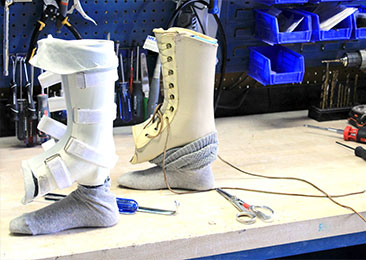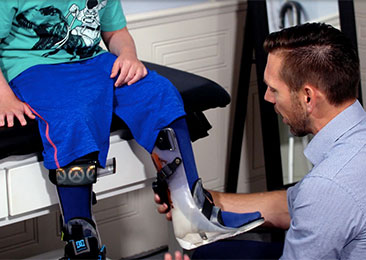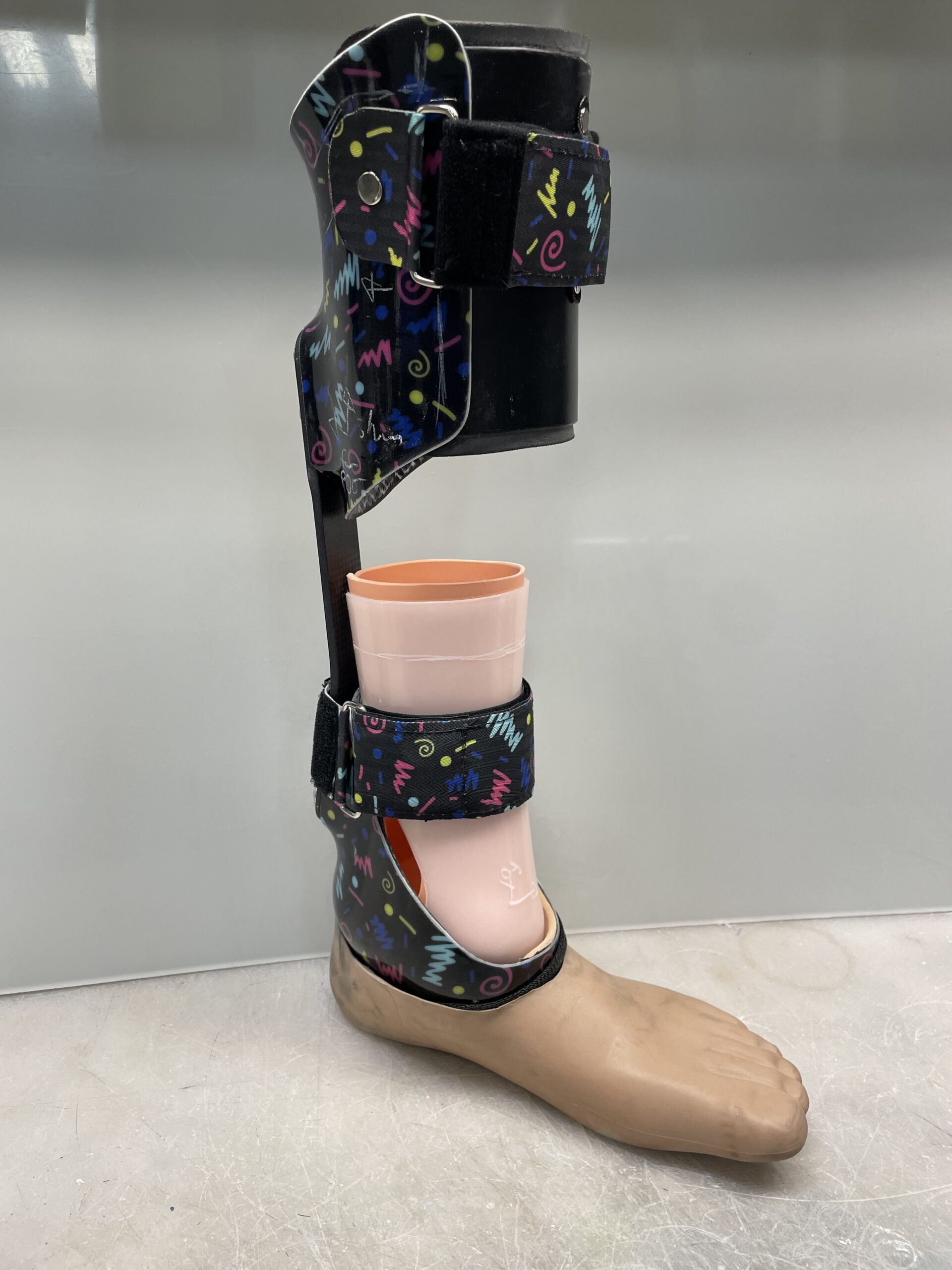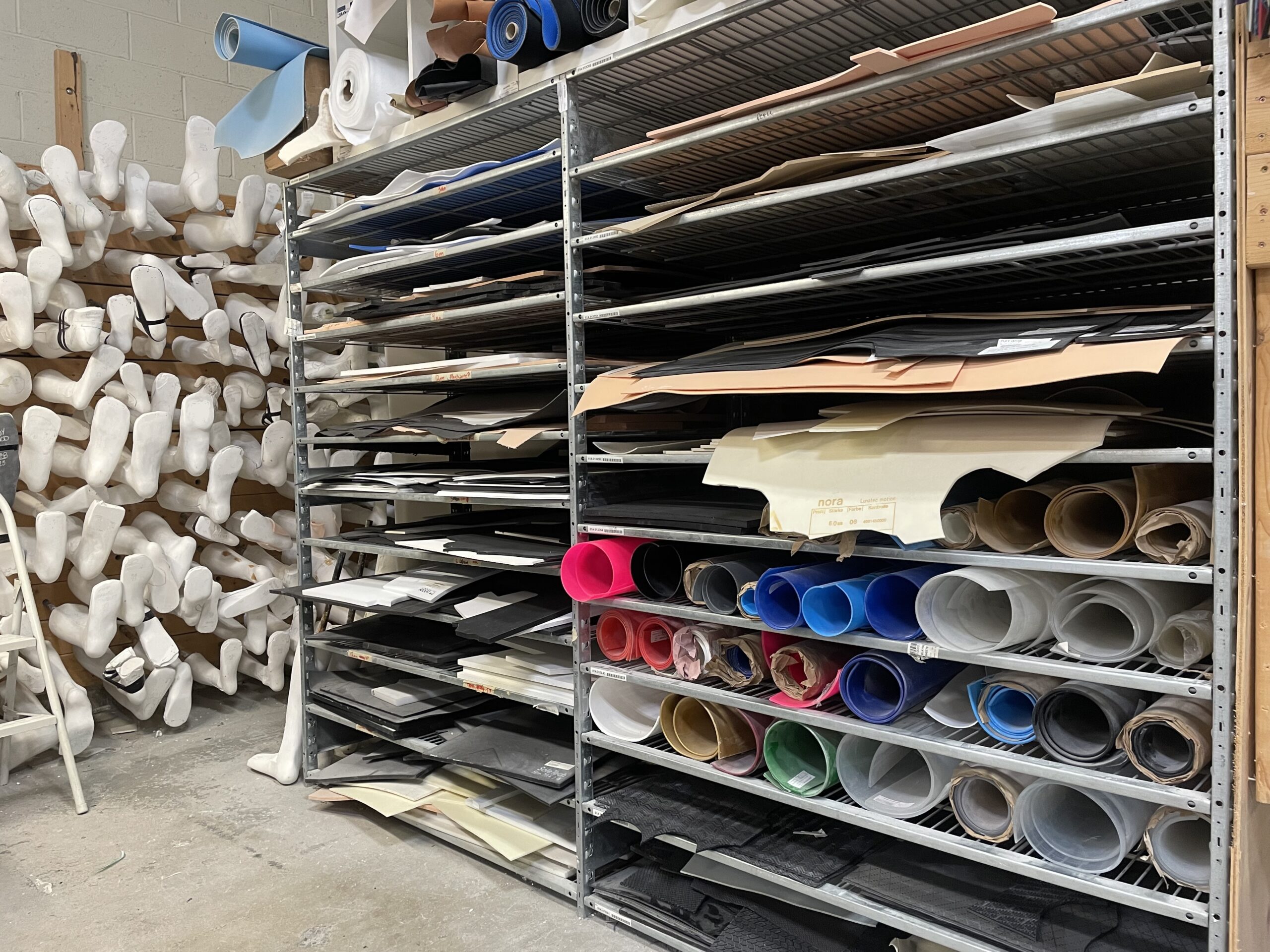Bracing & Orthotics
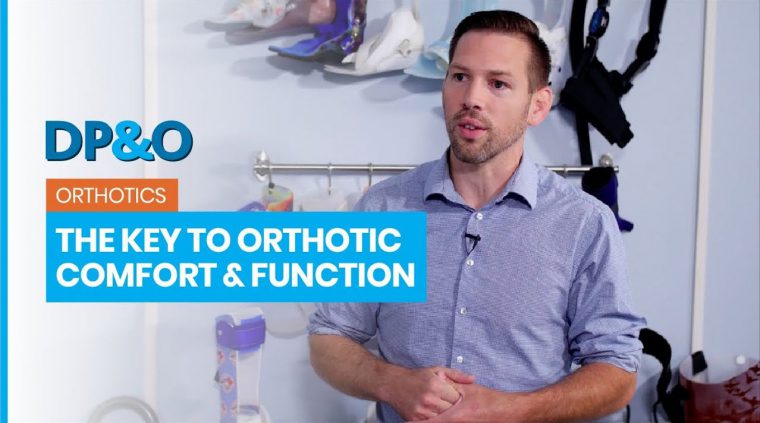
About Bracing and Orthotics
Our Certified Orthotists primary goal is to restore mobility and to prevent or limit disability. Prescribed orthoses can provide optimal alignment to individuals who are affected by musculoskeletal metabolic, genetic and neurological disorders for nearly the entire body.
Our initial patient evaluation includes a history, objective tests and analyses – as well as your personal objectives. If the Orthotist, along with input from the patient and healthcare team decides that a custom device is appropriate, measurements and or a molds are taken. The custom orthosis is fabricated, and a static and dynamic functional evaluation is scheduled.
During this appointment, the brace is evaluated, and we review proper wearing schedules, maintenance, washing instructions, and donning/doffing of the device. In some instances, gait training may be recommended, and suggestions regarding essential day-to-day activities may be provided. Follow-up appointments are often scheduled to review your progress and assist with your ongoing therapy.
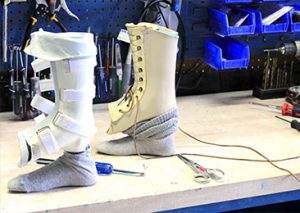
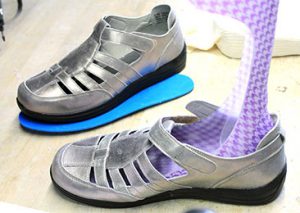

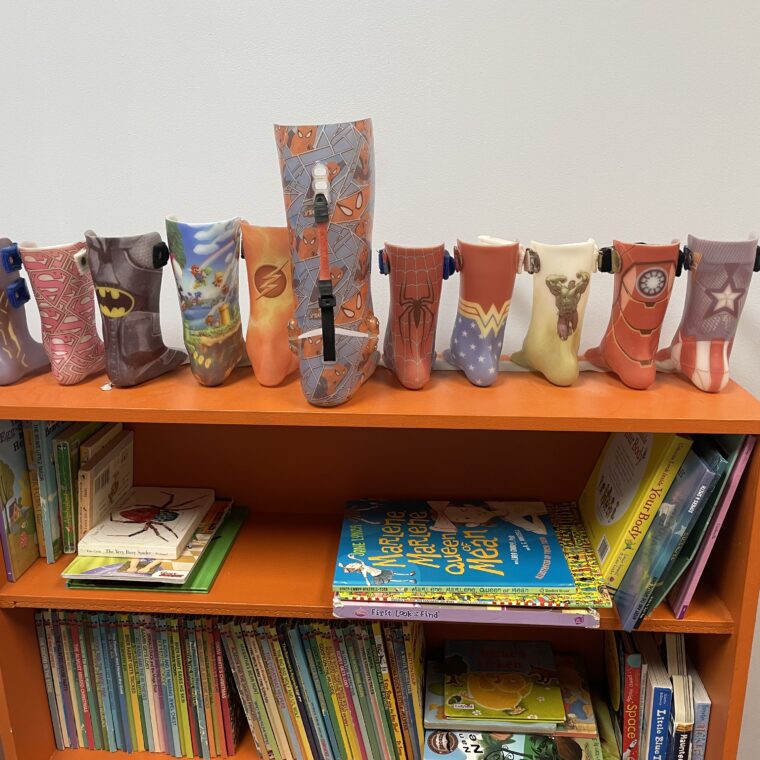
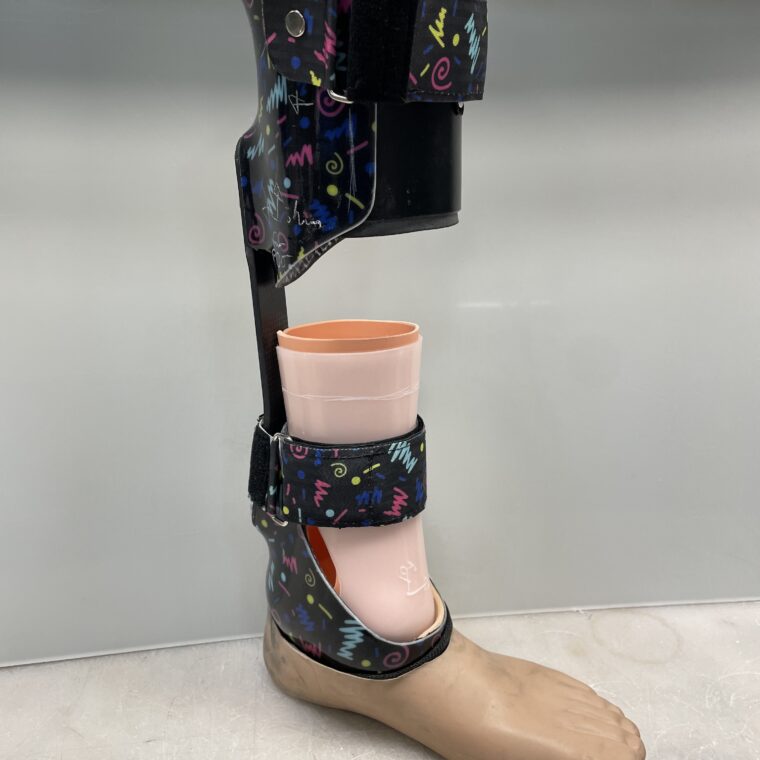
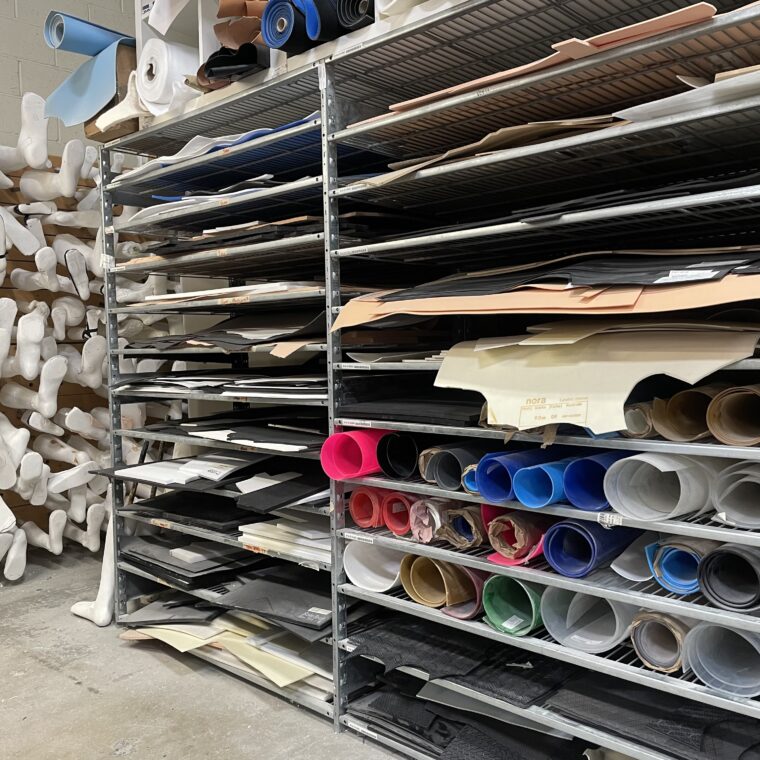
Stance Control Orthoses
Stance Control Orthoses are category of Orthoses that provide stability during stance by locking the knee but allow the knee to bend during the swing phase of gait. There are now a wide range of knee joint options in this category that operate with different actuators for the lock and unlock mechanism. The Swing Phase Locking 2 is the only stance control joint that can be worn as a knee brace alone where all others are intended to be used in a full leg brace (KAFO) design. Now more complex joints exist that are controlled by a microprocessor such as the Otto Bock Sensor Walk and C Brace. Although these are much bulkier options they offer true stumble recovery when comparing to their other mechanical counter parts.
Elastomer Fabric Orthoses
Although custom orthotic practice is dominated by rigid and semirigid orthoses there has been an emergence of elastomer fabric orthoses. Orthoses such as Dynamic Movement Orthoses have proven their effectiveness for people affected by neurological conditions by stimulating patients somatosensory system through proprioceptors of the skin and musculoskeletal system to achieve better postural alignment and movement. These garment orthoses can be custom made to most body parts to improve movement patterning and posture. Other systems such as SpinCor have been an effective option in managing developing scoliosis and low back pain in the mature scoliotic spine.
Functional Electrical Stimulation
Nearly every patient would like an invisible brace. Although not invisible Functional Electrical Stimulation offers an option that is one step closer for patients affected by upper motor neuron injuries such as multiple sclerosis, cerebral palsy, Stroke, spinal cord injuries, and acquired brain injuries. All systems available work by stimulating the deep and superficial peroneal nerves to help pick the foot up safely when swinging the affected side or sides. This provides active movement, improving efficiency of gait and reduces atrophy that may occur due to inactivity.

